Read a Watch or a Clock
The clock has two hands. The face of a clock is called the dial. The dial is marked with numbers from 1 to 12. The small hand is the hour hand. It shows time in hours. The longer hand is the minute hand. It shows time in minutes.
At 1 o'clock, the hour hand is at 1 and minute hand is at 12. It moves to next number 2 after one hour.
Hour hand takes 12 hours to complete one round.
The minute hand takes 5 minutes to move from one number to the next number in the clock.
The minute hand takes 60 minutes to complete one round on the clock.
How to read a watch or a clock?
The three figures will help us to read a watch or a clock.
Hour hand indicates hours and Minute-hand indicates minutes.
In figure (i) hour-hand is indicating number 1 or just after 1. So, we read it as 1 hour. The minute hand indicates 4 divisions after the number 3, i.e., 3 x 5 + 4 = 19, or 19 divisions from 12. So we read it as 19 minutes.
The watch indicates that the time is 1 hour 19 minutes.
We may express it as 1 : 19.
We may say it is 19 minutes past 1.
At or after the number that the hour-hand indicates, the number expresses the hour.
At or after the number that the minute-hand indicates, the number
multiplied by 5 and number of divisions after the number, express the
minutes. If minute hand indicates 3 divisions after number 7, then
minutes is 7 x 5 + 3 = 38 minutes.
In figure (ii) hour hand is between 3 and 4. So, we say it is 3
hours. The minute hand is 2 divisions after number 8. So, minute is 8 x 5
+ 2 = 42 minutes.
The time is 3 hours 42 minutes.
We may write it as 3 : 42.
We may say it is 42 minutes past 3,
or, (60 - 42 = 18 minutes) 18 minutes to 4.
In figure (iii) expresses 8 : 35 or 35 minutes past 8
or, ( 60 - 35 = 25 minutes) 25 minutes to 9.
Read the time shown in these clocks.
|
20 minutes past 2 2 : 20 | |
|
25 minutes to 6 or 35 minutes past 5 5 : 35 | |
|
Quarter past 10 or 15 minutes past 10 10 : 15 | |
|
Quarter to 5 or 45 minutes past 4 4 : 45 |
Reading Time to the Minute:
The clock has numbers from 1 to 12 marked on its dial. These numbers divide the clock face into 12 equal parts. Between any two numbers there are 5 small divisions. Each small division represents a minute. So, there are 60 divisions on the dial. The minute hand completes 1 round of the dial in 60 minutes.
Look at the given clock here, the minute hand points to 3 divisions after number 5. It shows that the minute hand has moved 5 × 5 + 3 or 28 minutes. So, the time shown in the given clock is 28 minutes past 3.
For Example:
Write the time shown on the given clock.
The hour hand is between 5 and 6
The minute hand is on the second small division after 8.
So, the minute hand has moved 5 × 8 + 2 = 42 minutes.
The time is 42 minutes past 5.
It is written as 5:42
Reading Time to the Second:
The thin and very long hand on the clock shows the time in seconds. This is called second hand. The second hand moves very fast. The second hand takes only 1 minute to complete 1 round of the dial. The second hand takes 5 seconds to go from one number to the next. If the second hand is at number 4. It means that 4 × 5 or 20 seconds have passed. So, 5 × 12 = 60 seconds 1 minute = 60 seconds.
Read the time in the following picture. Find out at what time Richard wakes up in the morning.
When the minute hand is at 12. We say o'clock.
1 hour = 60 minutes.
Questions and Answers on Read a Watch or a Clock:
I. Circle the a.m. or p.m. as per the given clocks:
|
(i) 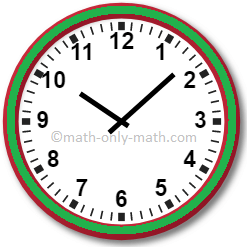 |
(ii) |
|
8 Minutes Past in the Morning  (iii) Quarter to 6 in the Evening  |
12:47 in the Afternoon  (iv) Jogging at 5 O'clock in the Morning  |
Answers:
I. (i) a.m.
(ii) p.m.
(iii) p.m.
(iv) a.m.
II. How do you say 10:30 in words?
(i) Half past 30
(ii) Half past 10
(iii) Quarter to 10
(iv) Quarter past 10
Answers:
II. (ii) Half past 10
Related Concepts
● To Measure the Length of a Line-segment
● Examples on Unit of Mass or Weight
● Units for The Measurement of Capacity
● Examples on Measurement of Capacity
● Antemeridian (a.m.) or Postmeridian (p.m.)
● Calendar
● Reading and Interpreting a Calendar
4th Grade Math Activities
From Read a Watch or a Clock to HOME PAGE
Didn't find what you were looking for? Or want to know more information about Math Only Math. Use this Google Search to find what you need.
Recent Articles
-
Formation of Greatest and Smallest Numbers | Arranging the Numbers
May 19, 24 03:36 PM
the greatest number is formed by arranging the given digits in descending order and the smallest number by arranging them in ascending order. The position of the digit at the extreme left of a number… -
Formation of Numbers with the Given Digits |Making Numbers with Digits
May 19, 24 03:19 PM
In formation of numbers with the given digits we may say that a number is an arranged group of digits. Numbers may be formed with or without the repetition of digits. -
Arranging Numbers | Ascending Order | Descending Order |Compare Digits
May 19, 24 02:23 PM
We know, while arranging numbers from the smallest number to the largest number, then the numbers are arranged in ascending order. Vice-versa while arranging numbers from the largest number to the sma… -
Comparison of Numbers | Compare Numbers Rules | Examples of Comparison
May 19, 24 01:26 PM
Rule I: We know that a number with more digits is always greater than the number with less number of digits. Rule II: When the two numbers have the same number of digits, we start comparing the digits… -
Worksheets on Comparison of Numbers | Find the Greatest Number
May 19, 24 10:42 AM
In worksheets on comparison of numbers students can practice the questions for fourth grade to compare numbers. This worksheet contains questions on numbers like to find the greatest number, arranging…
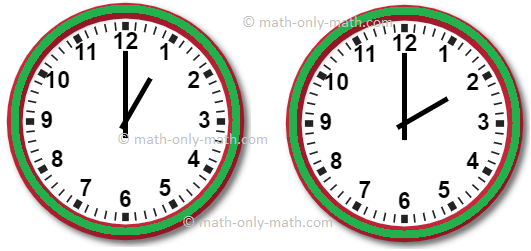

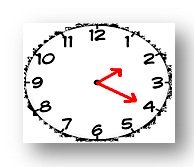
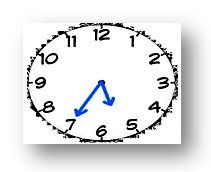
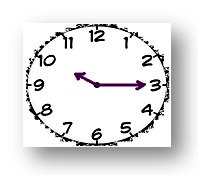
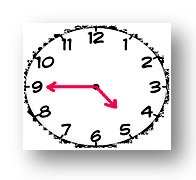
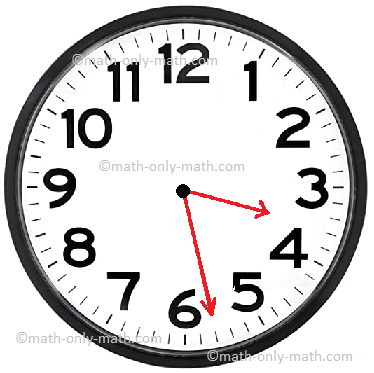
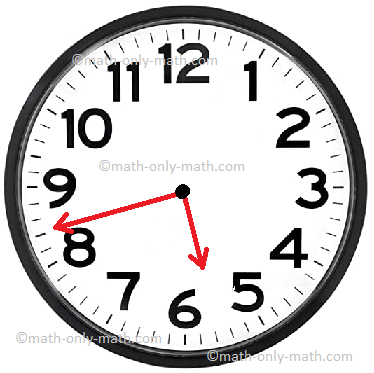

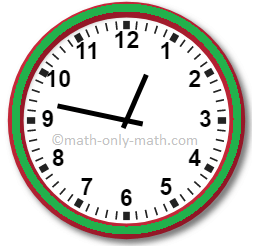
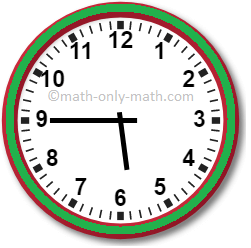
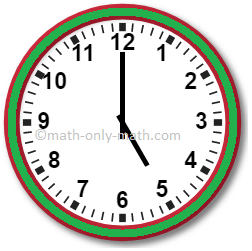




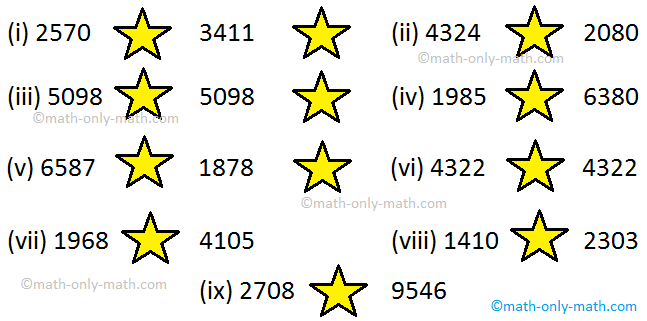
New! Comments
Have your say about what you just read! Leave me a comment in the box below. Ask a Question or Answer a Question.